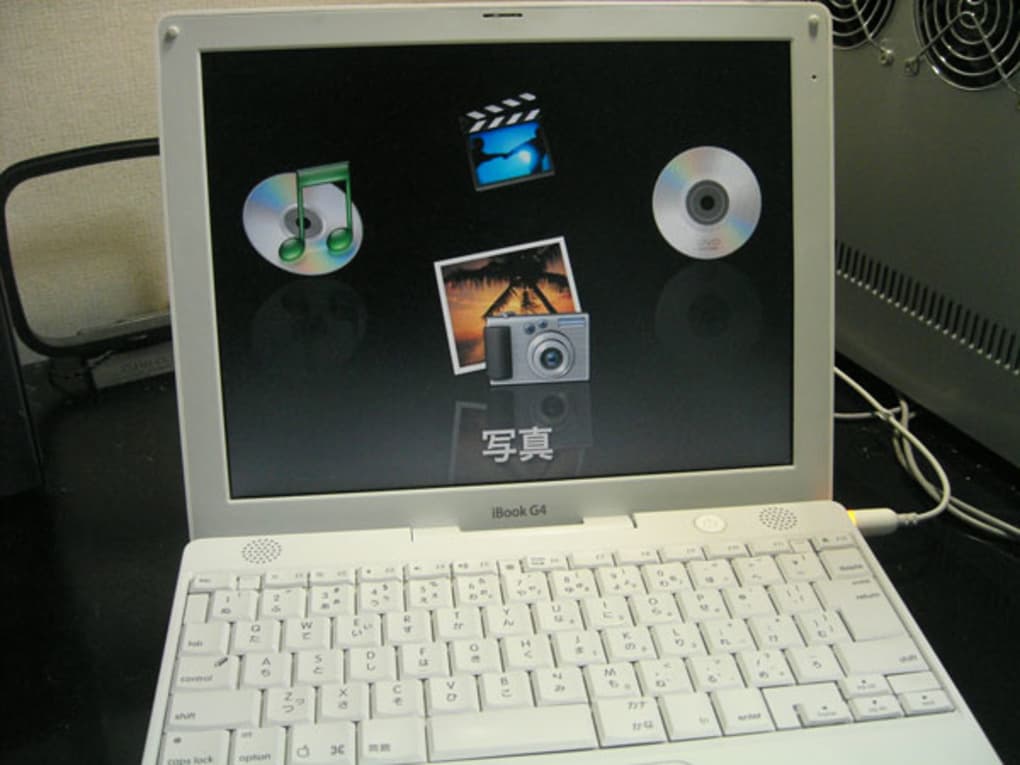
- #APPLE FRONT ROW V1 HOW TO#
- #APPLE FRONT ROW V1 MAC OS X#
- #APPLE FRONT ROW V1 FULL#
- #APPLE FRONT ROW V1 PRO#
(Apple’s external iPad USB-to-AC charger is rated at 10 watts, but it’s just a USB plug connected to power, not a data connection.) Thunderbolt devices can also boost power downstream: an AC-powered display could push 10 watts out the port on the “far” side from the computer in theĭaisy-chain. Apple’s high-power USB 2.0 can generate 5.5 watts, which is enough to charge an iPad while it’s plugged in and in use. USB 2.0 can push out a maximum of 2.5 watts, while USB 3.0 can hit 4.5 watts. Apple’s hardware with a single FireWire 400 or 800 port (or one of each) can deliver 7 watts to the bus. The Thunderbolt port carries 10 watts of power, a significant amount for powering drives and other peripherals (though nowhere near enough to drive a large external display). This means you can’t put any Thunderbolt data devices downstream from a display connected via a DisplayPort cable such displays would have to go at the end of the Thunderbolt daisy-chain. Thunderbolt data devices, such as hard drives, need to be connected with Thunderbolt cables. The Thunderbolt controller automatically adjusts the signal output to be correct for DisplayPort-native ports on the other end. If all you’re connecting to a Thunderbolt port is a display, you can using an existing DisplayPort cable. We need a way to boot from external drives, and if Thunderbolt eventually takes over from FireWire, then it has to boot Macs, too. I will be surprised if this isn’t added later. Andy Ihnatko has this factoid, and I tend to trust him. You won’t be able to boot a Mac from a Thunderbolt-connected drive for now, unlike with USB and FireWire. When a Mac is booted in Target Disk Mode, it acts as a hard drive for another connected Mac. Until now, this mode worked only over FireWire connections. Target Disk Mode is supported under Thunderbolt.
#APPLE FRONT ROW V1 PRO#
On a future Mac Pro or Mac mini that wouldn’t be an issue, nor would it be a limitation on a future iMac, as long as the iMac provided multiple Thunderbolt ports.īecause Thunderbolt provides two channels on the same cable, a display or hard drive can be in the middle of the daisy-chain without interrupting the flow of the other channel. On the new MacBook Pros, Thunderbolt manages both the internal screen and an optional external display, which is why you can’t drive two external displays.
#APPLE FRONT ROW V1 FULL#
This dual-channel approach would let you run two high-resolution displays (which require bandwidth in the gigabits-per-second range) and a super-fast RAID drive (demonstrated by Promise Technology) or multiple drives that can work at full speed.Apple and Intel are likely sticking with the 10 Gbps rating because if you measured the throughput to a hard drive, for example, it would never go over 10 Gbps thanks to using only the PCI Express channel.

While the Thunderbolt specification talks about 10 Gbps to and from a host, there are actually two channels over the same cable: one dedicated to DisplayPort for video, and the other for PCI Express data. Despite what the tech spec pages say, Thunderbolt actually has up to 20 Gbps available in each direction (full duplex), not 10 Gbps.Thunderbolt’s Blasts - Thunderbolt is a fascinating mix of old and new:

These seem to be among the least well understood and documented items about Thunderbolt and Lion. From online sources and a briefing with Apple last week, I can provide some reassurance and additional details. But via Twitter, I discovered that many people are unaware of or concerned about certain features close to their hearts.
#APPLE FRONT ROW V1 MAC OS X#
You can read a thousand articles about the new Thunderbolt input/output technology in Apple’s latest revision to MacBook Pro laptops, and the new revelations from Apple about Mac OS X Lion.
#APPLE FRONT ROW V1 HOW TO#


 0 kommentar(er)
0 kommentar(er)
